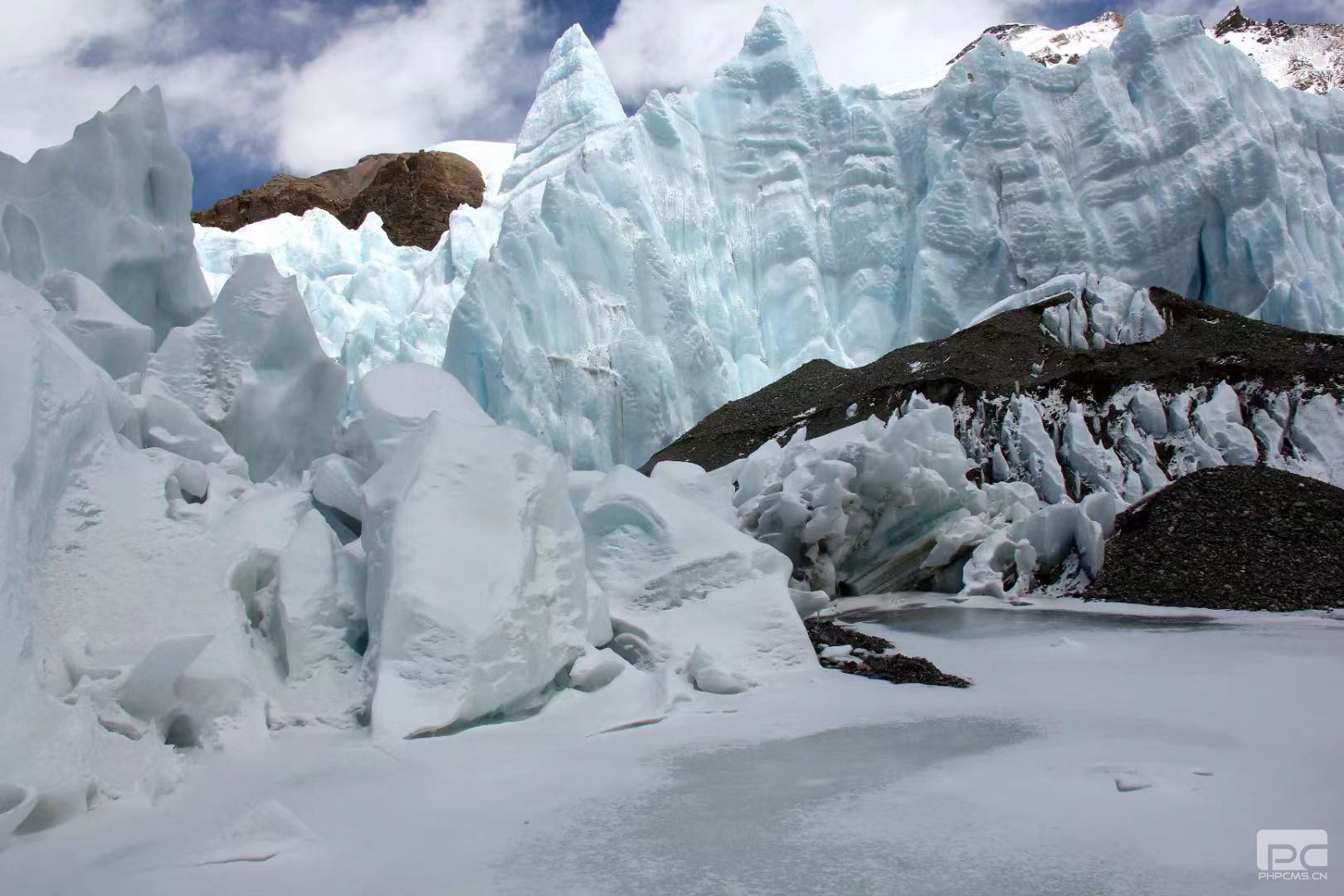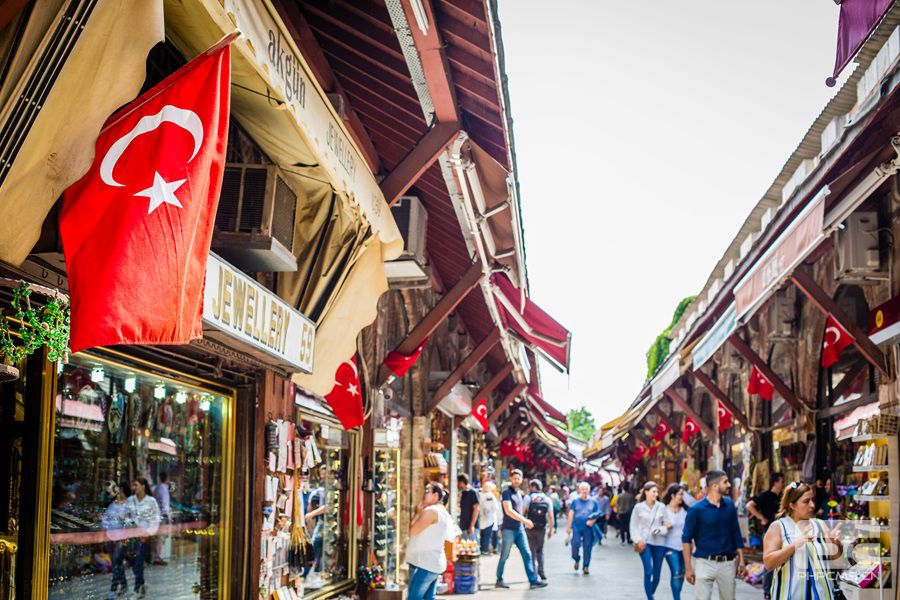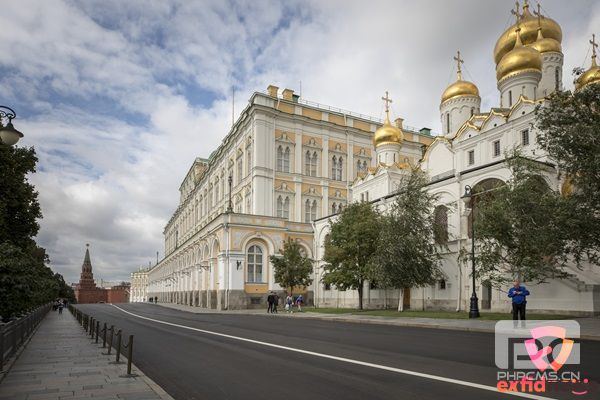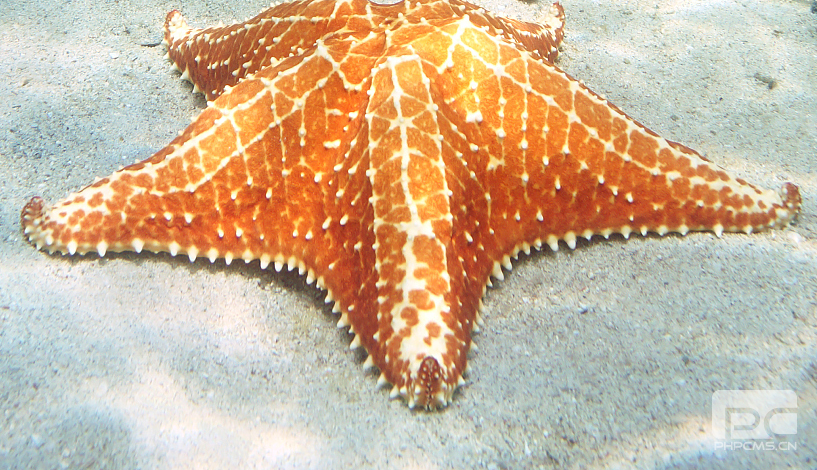Chile's national forestry company has permanently blocked off a popular glacier in Patagonia, a decision that has angered explorers and local guides. Officials call it a safety issue, pointing to the glacier's rapid and erratic melting, but it has also sparked a debate about the risks of ice climbing in a rapidly changing climate.
The Explorers Glacier in Laguna-San Rafael National Park has been a popular ice hiking destination in the Aysén region for at least two decades. But a two-week study by government hydrologists found that the glacier is reaching a dangerous "tipping point.
Chile's national parks authority permanently blocked ice trekking on Oct. 31, stating, "There are clear risks and uncertainties about the behavior of the glacier. Ecotourism activities on explorer glaciers are not safe." However, the decision came as a shock to local guides.
Bianca Miranda has been leading expeditions on this glacier for more than a decade, and her local tour company now faces the burden of refunding payments to agents who have booked through March 2024.
The national park itself will remain open and the glacier will still be accessible by boat for around 20,000 visitors a year. For Miranda, however, giving up hiking Explorer Glacier has meant personal pain.
It's not just a financial blow for us, it's also emotionally damaging," she says. We've been working at this place for over 10 years and it's become our second home."
The study and subsequent glacier closure occurred on Oct. 6, when a huge chunk of ice from the main glacier fell from it.
No hikers were injured, and guides considered the event normal in the ever-changing glacier landscape. However, government research suggests that huge fragments will soon become more common.
According to drone images collected by government hydrologists since 2020, Explorer Glacier has been "thinning" by 1.5 feet (0.5 meters) per year. The number of meltwater pools at the top of the glacier has also doubled over the same period. As the overall surface area of the glacier increases in contact with water - whether the glacier ends up in the Chileno Valley or with the current 488 surface lakes - it will melt faster.
The result of the thinning and increasing number of glacial pools is pushing Explorer Glacier toward two possible endings, the study notes.

Either a large amount of ice will fall off the main glacier, or hundreds of small pools will cause the front end of the glacier to "disintegrate". In each case, the report predicts that Explorer Glacier will begin a "rapid" retreat, with melting accelerating.
Neither the report nor the closure notice explicitly mentions climate change, but the former describes how the glacier remained relatively unchanged for nearly a century until recent decades when it began experiencing rapid thinning, a pattern consistent with glaciers around the globe as greenhouse gas emissions lead to warmer ocean temperatures. A study this year predicts that by the end of the century, two-thirds of the world's glaciers will have melted, leading to a 4.5-inch rise in sea levels and the displacement of 10 million people worldwide.
The Explorers Glacier in Laguna-San Rafael National Park has been a popular ice hiking destination in the Aysén region for at least two decades. But a two-week study by government hydrologists found that the glacier is reaching a dangerous "tipping point.
Chile's national parks authority permanently blocked ice trekking on Oct. 31, stating, "There are clear risks and uncertainties about the behavior of the glacier. Ecotourism activities on explorer glaciers are not safe." However, the decision came as a shock to local guides.
Bianca Miranda has been leading expeditions on this glacier for more than a decade, and her local tour company now faces the burden of refunding payments to agents who have booked through March 2024.
The national park itself will remain open and the glacier will still be accessible by boat for around 20,000 visitors a year. For Miranda, however, giving up hiking Explorer Glacier has meant personal pain.
It's not just a financial blow for us, it's also emotionally damaging," she says. We've been working at this place for over 10 years and it's become our second home."
The study and subsequent glacier closure occurred on Oct. 6, when a huge chunk of ice from the main glacier fell from it.
No hikers were injured, and guides considered the event normal in the ever-changing glacier landscape. However, government research suggests that huge fragments will soon become more common.
According to drone images collected by government hydrologists since 2020, Explorer Glacier has been "thinning" by 1.5 feet (0.5 meters) per year. The number of meltwater pools at the top of the glacier has also doubled over the same period. As the overall surface area of the glacier increases in contact with water - whether the glacier ends up in the Chileno Valley or with the current 488 surface lakes - it will melt faster.
The result of the thinning and increasing number of glacial pools is pushing Explorer Glacier toward two possible endings, the study notes.

Either a large amount of ice will fall off the main glacier, or hundreds of small pools will cause the front end of the glacier to "disintegrate". In each case, the report predicts that Explorer Glacier will begin a "rapid" retreat, with melting accelerating.
Neither the report nor the closure notice explicitly mentions climate change, but the former describes how the glacier remained relatively unchanged for nearly a century until recent decades when it began experiencing rapid thinning, a pattern consistent with glaciers around the globe as greenhouse gas emissions lead to warmer ocean temperatures. A study this year predicts that by the end of the century, two-thirds of the world's glaciers will have melted, leading to a 4.5-inch rise in sea levels and the displacement of 10 million people worldwide.




Copyright © 2023.Yooke studio All rights reserved.
PKWEEKLY NEWS












